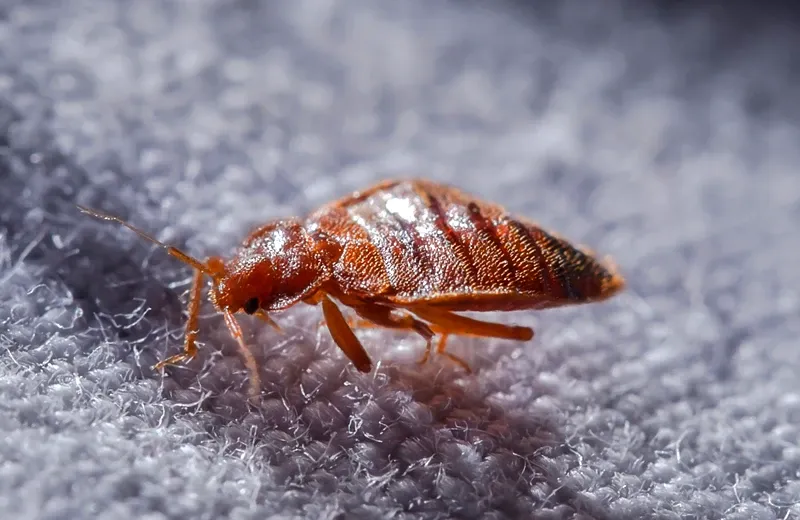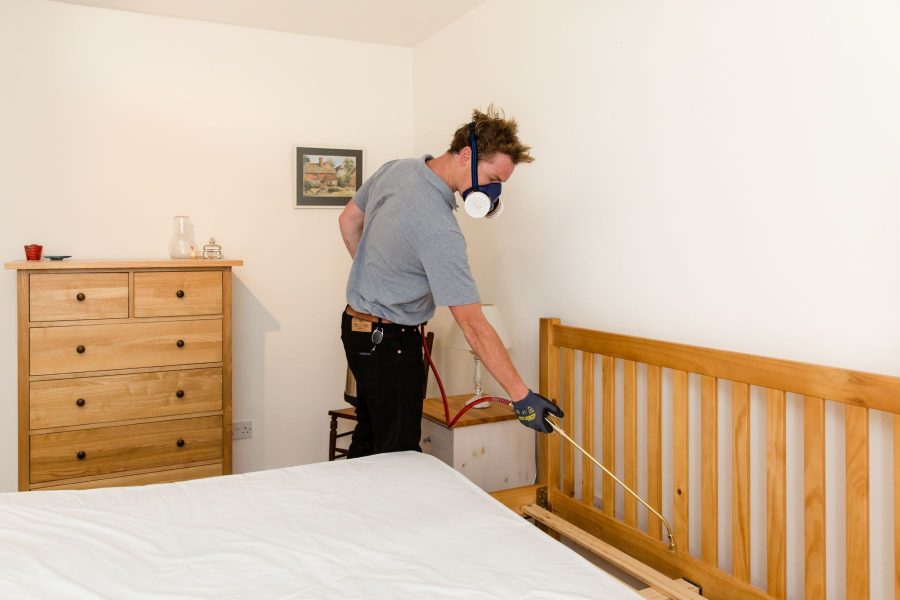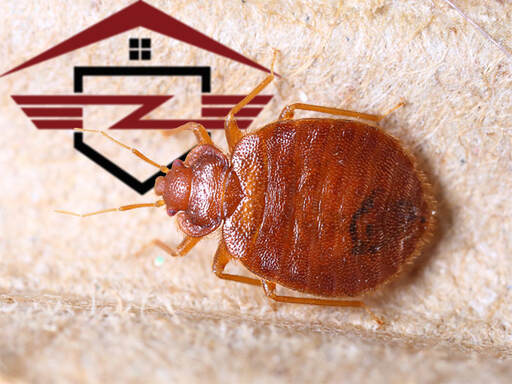Top Kings Cincinnati Pest Control Services: Exterminator Expertise
Top Kings Cincinnati Pest Control Services: Exterminator Expertise
Blog Article
Types of Pest Control: Which Method Is Right for Your Infestation?
When confronted with a bug infestation, the selection of an ideal method for bug control is essential in effectively managing the circumstance. From chemical therapies to biological options, there exists a variety of approaches that can be used to resolve different sorts of bugs. Each method features its own set of benefits and factors to consider, making the decision-making process a nuanced one. Comprehending the subtleties of each technique and evaluating their compatibility with the specific parasite infestation handy is important for accomplishing lasting success in bug monitoring. By discovering the numerous kinds of parasite control techniques readily available, individuals can make informed decisions tailored to their distinct circumstances, making sure a much more sustainable and effective result in insect obliteration.
Chemical Insect Control
Chemical bug control entails the use of synthetic or normally derived chemicals to handle and remove pest populations efficiently. This technique is typically used in agriculture, forestry, and domestic settings to deal with a vast array of parasites, consisting of rodents, insects, and weeds. Making use of chemical pesticides can give quick and targeted solutions to pest invasions, making it a preferred choice for lots of people and businesses.
Among the key advantages of chemical bug control is its ability to promptly remove bugs, decreasing the danger of damages to plants, building, and human health and wellness. By utilizing certain chemicals that target particular pests, this method can successfully control infestations while lessening injury to helpful microorganisms and the environment when used correctly.
Nonetheless, making use of chemical bug control additionally elevates problems concerning potential negative effects on non-target varieties, water sources, and human health. It is essential to adhere to safety and security standards, apply chemicals properly, and take into consideration alternate insect control approaches to minimize these risks and make sure sustainable insect management techniques.
Biological Insect Control
Organic bug control, likewise called biocontrol, makes use of living microorganisms to manage and minimize pest populations normally. This technique uses the power of nature to manage insects without the need for synthetic chemicals. Biocontrol can involve the intro of all-natural enemies of the bug varieties, such as predators, pathogens, or parasites, to reduce parasite populaces. By utilizing the parasite's natural killers or pathogens, organic insect control uses a lasting and environmentally pleasant remedy to pest management.

Mechanical Insect Control
Making use of manual and physical approaches to manage bug populaces, mechanical pest control provides an alternate strategy that does not count on using living organisms or synthetic chemicals. This method involves making use of obstacles, traps, or various other gadgets to physically discourage or get rid of bugs. By blocking bug entrance factors or establishing traps to capture them, mechanical insect control can efficiently minimize infestations without presenting chemicals right into the atmosphere.
One usual instance of mechanical pest control is making use of mesh screens on doors and windows to avoid bugs from entering structures. This simple yet reliable technique acts as a physical obstacle, keeping insects out while permitting correct ventilation. Additionally, gadgets like mousetraps, fly swatters, and ultrasonic repellents fall under the mechanical bug control classification.
While mechanical bug control techniques can be labor-intensive and call for regular surveillance and maintenance, they provide a lasting and eco-friendly solution for taking care of bug problems. By incorporating various mechanical techniques, homeowner can produce an extensive insect control approach that minimizes dependence on chemical pesticides.
Physical Bug Control

Some common physical insect control approaches include making use of barriers such as nets or displays to avoid parasite entrance, catches to capture and eliminate bugs, and hand-picking to physically eliminate pests from plants or frameworks. In addition, techniques like warmth therapies can be made use of to control bugs like bed pests by increasing the temperature level to degrees that are deadly to the insects.
Physical insect control is particularly beneficial in integrated parasite monitoring (IPM) strategies, where several bug control methods are incorporated for efficient insect administration while reducing using chemicals. By using physical insect control techniques, people can effectively resolve parasite infestations with minimal environmental impact.
Integrated Insect Administration
When implementing physical pest control methods pest elimination services as part of bug monitoring approaches, Integrated Insect Monitoring (IPM) emerges as a thorough method that leverages various techniques to properly regulate pest populaces. IPM focuses on lasting avoidance of pests via a mix of biological, cultural, physical, and chemical devices tailored to specific bug concerns. By incorporating several control techniques, IPM aims to decrease the dangers related to parasites while likewise decreasing dependence on chemical solutions.
One secret facet of IPM is the focus on surveillance and examining pest populaces to identify one of the most ideal control approaches. This positive approach enables for very early intervention and targeted strategies, leading to a lot more efficient pest management. In addition, IPM promotes ecologically friendly methods by prioritizing non-chemical control approaches and only using pesticides as a last resource.
Verdict

By using the parasite's all-natural predators or pathogens, organic bug control uses a lasting and eco friendly option to pest monitoring. - Kings pest control cincinnati oh
Making use of hand-operated and physical techniques to manage bug populations, mechanical bug control offers an alternative strategy read what he said that does not count on the usage of living microorganisms or synthetic chemicals.A reliable strategy to handling insect populaces without relying on chemical or biological techniques involves the usage of physical bug control strategies.When implementing physical insect control techniques as part of bug administration techniques, Integrated Parasite Management (IPM) arises as a comprehensive method that leverages different methods to properly control pest populations. Chemical bug control entails the use of chemicals, organic parasite control makes use of all-natural predators, mechanical insect control involves physical obstacles, physical parasite control consists of trapping or getting rid of pests, and incorporated bug management incorporates multiple approaches for a holistic method to pest control.
Report this page